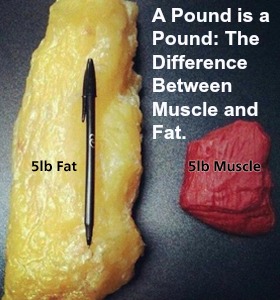How To Lose Belly Fat
Understanding Belly Fat
Belly fat is composed of two types: subcutaneous fat, which lies just under the skin, and visceral fat, which surrounds the internal organs. Visceral fat is particularly dangerous because it is metabolically active and can produce hormones and inflammatory substances that increase the risk of chronic diseases.

Why Belly Fat Accumulates
- Poor Diet: High intake of processed foods, sugars, and unhealthy fats can lead to the accumulation of belly fat.
- Lack of Exercise: Sedentary lifestyles contribute to fat storage, particularly around the abdomen.
- Stress and Hormones: Stress can increase cortisol levels, which is linked to increased abdominal fat.
- Genetics: Some people are genetically predisposed to store fat in the abdominal area.
- Aging: As people age, their metabolism slows down, making it easier to gain fat, especially around the belly.
Strategies to Lose Belly Fat
Diet and Nutrition
The foundation of losing belly fat is a healthy diet. Here are some dietary strategies to help reduce abdominal fat:
- Reduce Caloric Intake: Create a calorie deficit by consuming fewer calories than your body burns.
- Eat More Protein: Protein increases satiety and boosts metabolism, helping to reduce belly fat.
- Cut Back on Carbs: Especially refined carbs, which can spike insulin levels and promote fat storage.
- Eat Fiber-Rich Foods: Soluble fiber can help reduce visceral fat by increasing feelings of fullness and reducing calorie absorption.
- Avoid Sugary Beverages: Liquid calories from sugary drinks are particularly harmful and can increase fat around the belly.
Exercise
Exercise plays a crucial role in reducing belly fat. While spot reduction is a myth, overall fat loss through exercise will eventually reduce belly fat.
- Cardio Exercises: Activities like walking, running, and swimming are effective at burning calories and reducing fat.
- Strength Training: Building muscle through resistance exercises increases metabolism and helps burn more fat.
- High-Intensity Interval Training (HIIT): Short bursts of intense exercise followed by rest can be very effective for fat loss.
- Core Exercises: While they don’t burn belly fat directly, exercises like planks and crunches can strengthen the abdominal muscles, giving the stomach a more toned appearance.
Lifestyle Changes
In addition to diet and exercise, certain lifestyle modifications can accelerate belly fat loss.
- Get Enough Sleep: Poor sleep is linked to weight gain, including increased belly fat.
- Manage Stress: Stress management techniques such as meditation, yoga, and deep breathing can help reduce cortisol levels.
- Stay Hydrated: Drinking plenty of water helps with metabolism and fat loss.
- Avoid Alcohol: Excessive alcohol consumption is associated with increased belly fat.
Losing belly fat requires a combination of a healthy diet, regular exercise, and lifestyle changes. By understanding the factors that contribute to belly fat accumulation and implementing the strategies outlined above, individuals can effectively reduce their abdominal fat and improve their overall health. Consistency and patience are key, as losing belly fat is a gradual process that requires sustained effort.
Key Takeaways
- Belly fat, particularly visceral fat, poses significant health risks.
- A healthy diet focused on calorie control, increased protein, and reduced refined carbs is essential.
- Regular cardio, strength training, and HIIT are effective in burning fat.
- Lifestyle changes, including adequate sleep, stress management, and hydration, support fat loss.
[amazon box=”B08M98QCYD”]
[amazon box=”B07Y1H8QW7″]
[amazon box=”B076GX8GMD”]
[amazon box=”B08R6FWDKJ”]
[amazon box=”B08VKLQSV5″]
[amazon box=”B0D57BDWS3″]
[amazon box=”B08FD74V93″]
